Defect Solutions for Force-Related Issues in Die Casting Addressing Force Casting in Die Casting by using right Haichen machine.
Addressing force-related defects (ejector marks, flash, cold shuts, etc.) in die casting requires optimizing process parameters, improving mold design, and applying advanced technologies.
Process defects of various die castings
- Ejector Marks
- Flash (Burrs)
- Cold Shut
- Porosity (Gas Defects)
- Hot Tearing
- Process Control & Data Analytics
Ejector Marks
- Causes:
Excessive ejector force or premature ejection before the casting solidifies fully. Insufficient cooling time worsens the issue. - Solutions:
- Adjust Ejector Force: Use high-frequency sensors to monitor force distribution and timing to avoid localized overload.
- Extend Cooling Time: Ensure the casting solidifies completely before ejection to reduce thermal stress.
- Mold Surface Treatment: Apply low-volatility release agents evenly to minimize friction during ejection.
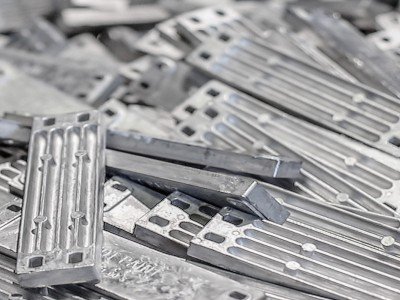
Flash (Burrs)
- Causes:
Insufficient clamping force or excessive injection pressure, allowing molten metal to escape through mold parting lines. Clamping force should exceed casting pressure by 10% (Fclamping=1.1×Pcasting×SprojectedFclamping=1.1×Pcasting×Sprojected). - Solutions:
- Recalibrate Clamping Force: Calculate required clamping force based on projected area and injection pressure; ensure machine tonnage matches.
- Optimize Injection Pressure: Reduce injection pressure to minimize mold impact while stabilizing pressure curves.
- Mold Maintenance: Inspect and repair mold wear to ensure tight closure of parting lines.
Cold Shut
- Causes:
Incomplete fusion of molten metal streams due to low mold temperature, poor gating design, or inadequate fluidity. - Solutions:
- Increase Mold Temperature: Preheat molds to 200–250°C to improve metal flow.
- Optimize Gating System: Use single gates to avoid turbulence and increase ingate cross-sectional area for faster filling.
- Alloy Adjustment: Add Al-Si master alloys to enhance silicon content and fluidity.
Porosity (Gas Defects)
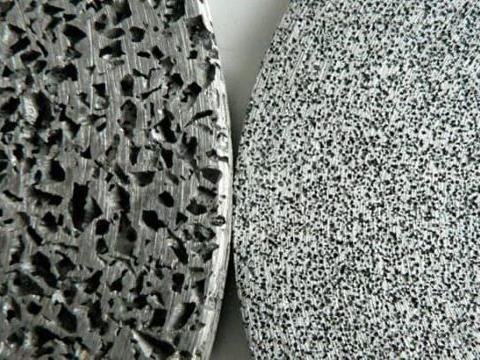
- Causes:
Entrapped air or gas in molten metal during injection, forming internal or surface voids. - Solutions:
- Vacuum Die Casting (VPDC): Evacuate air from the mold cavity before injection, reducing porosity by ~24.4%.
- Parameter Optimization: Use the Taguchi method to adjust injection pressure (e.g., 178 bar), melt temperature (665°C), and secondary injection speed (6.0 m/s).
- Uniform Cooling Design: Avoid abrupt wall thickness changes and maintain consistent mold temperatures.
Hot Tearing
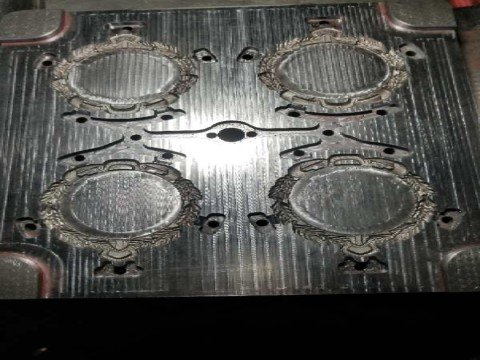
- Causes:
Internal stress from uneven cooling, leading to cracks during solidification. - Solutions:
- Optimize Cooling Channels: Use simulation to adjust cooling lines for synchronized solidification.
- Material Selection: Use crack-resistant alloys (e.g., high-silicon Al-Si alloys).
Process Control & Data Analytics
- Real-Time Monitoring:
Collect pressure, temperature, and force data via IoT sensors; use predictive algorithms to adjust parameters and prevent defects. - Mold Design Validation:
Validate simulations with experimental data (e.g., ejector force measurements) to optimize force distribution.

Key Takeaways
- Parameter Balancing: Optimize clamping force, injection pressure, ejector force, and temperatures.
- Mold Design: Improve gating, cooling, and surface treatments.
- Advanced Techniques: Apply vacuum casting, real-time monitoring, and AI-driven defect prediction.
- Material Management: Optimize alloy composition and melting processes.
By integrating these strategies, defect rates can be significantly reduced, enhancing casting quality and production efficiency.
Use Haichen die casting machine to avoid defect
The key measures to avoid defects when using Haichen die-casting machines can be carried out from three aspects: equipment design, process optimization and operation and maintenance.
- Equipment Design & Process Optimization
- Operation & Maintenance
- Machine Selection & Integration
- Case Studies
Equipment Design & Process Optimization
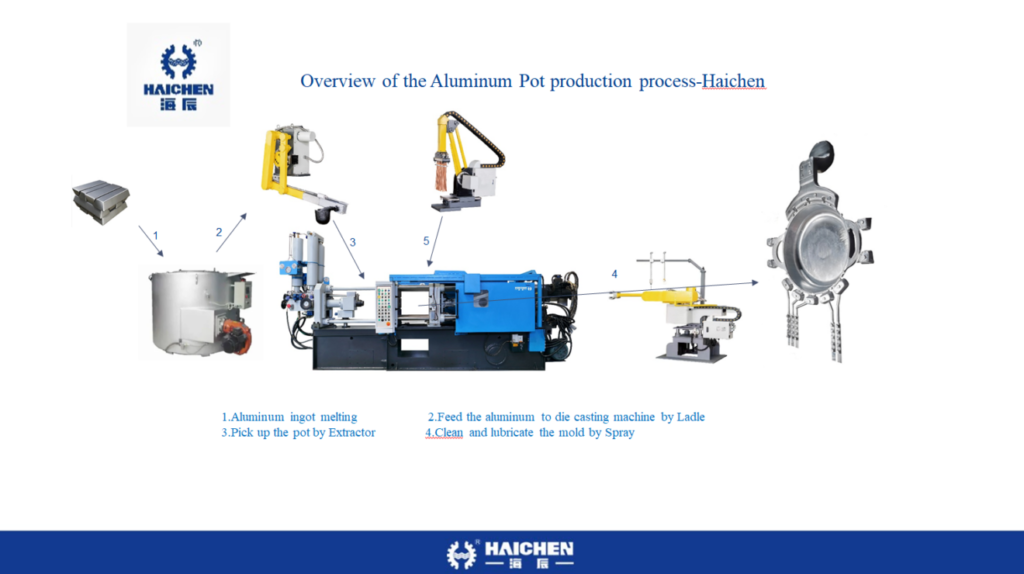
- Four-Stage Injection Control & Precision
Haichen’s C-Series cold-chamber machines utilize a four-stage injection system (slow shot → first fast shot → second fast shot → intensification). Magnetic linear encoders enable real-time control of injection positions, precisely regulating metal flow speed and pressure to minimize turbulence and gas entrapment, thereby reducing porosity and cold shuts. For example, compared to traditional three-stage systems, the linear acceleration in four-stage systems ensures smoother mold filling. - Optimized Overflow Wells & Venting
Overflow wells (semi-circular or trapezoidal) are strategically placed at metal flow endpoints and junctions to capture excess molten metal and gas. Enhanced venting systems reduce porosity and improve casting density. For thin-walled parts, properly sized overflow wells prevent cold shuts caused by backflow. - Intelligent Temperature Control
Real-time mold temperature monitoring with thermocouples ensures uniform solidification, minimizing shrinkage and hot tears. For cold-chamber machines, temperature control errors should stay below 0.12mm under heavy loads to avoid deformation. - High-Precision Tooling
Wear-resistant plunger tips (e.g., tungsten carbide) and imported hydraulic components (e.g., Vickers valves) ensure stability and reduce leaks caused by pressure fluctuations or thermal stress.
Operation & Maintenance

- Hydraulic System Care
- Daily checks for oil leaks and pressure stability.
- Replace hydraulic oil and filters every 3–6 months to prevent contamination.
- Mold Lubrication & Cleaning
- Manual lubrication for critical points every 2 weeks (first 6 months), then monthly.
- Automated central lubrication every 500–700 cycles.
- Regular mold cleaning to prevent flash and gas pockets.
- Parameter Optimization
Adjust settings based on material properties (e.g., aluminum alloy melting point: 700°C):- Injection speed: 0.23 m/s (slow shot) → 2.5 m/s (fast shot).
- Intensification pressure: 285 bar to minimize shrinkage.
Haichen’s Siemens PLC system allows multi-language parameter storage, reducing human error.
Machine Selection & Integration
- Tonnage & Model Matching
- Cold-chamber: For aluminum/magnesium alloys (e.g., automotive parts). Tonnage ranges: 90–1600T (e.g., HCD200-C for thin walls; 480T for radiators).
- Hot-chamber: For zinc alloys (e.g., door handles). Tonnage: 30–280T with adjustable gooseneck injectors.
- Automation Integration
Use robotic sprayers, extractors, and vacuum systems to reduce oxidation and uneven cooling. For example, 7-axis robots ensure precise die lubricant application.
Case Studies
- Tesla Integrated Die-Casting: Haichen’s 1080T cold-chamber machines produce rear underbody parts with 20800kN clamping force, reducing 700–800 welds.
- Zinc Door Handles: 90T hot-chamber machines with 4-cavity molds achieve high surface quality post-electroplating.
By the end
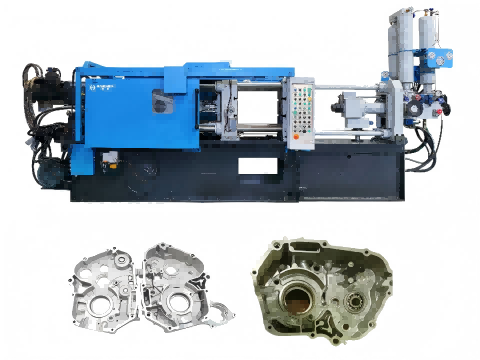
Key defect prevention strategies for Haichen die-casting machines include:
- Four-stage injection control for stable filling.
- Smart temperature management to avoid thermal defects.
- Regular maintenance of hydraulics and molds.
- Automation integration for consistency.
For tailored solutions, consult Haichen’s technical support team with specific project requirements.



